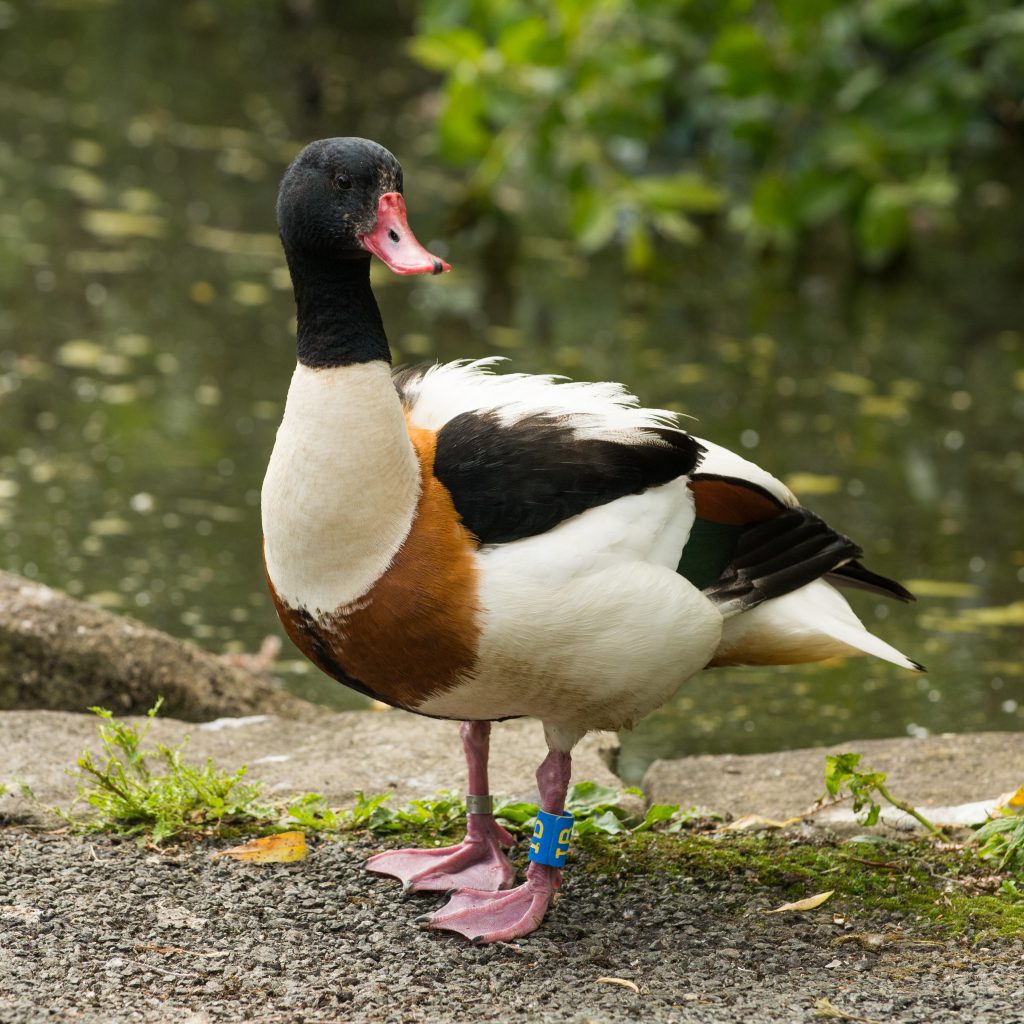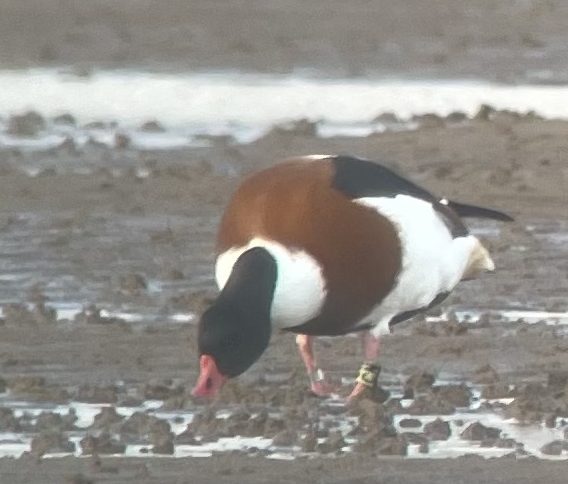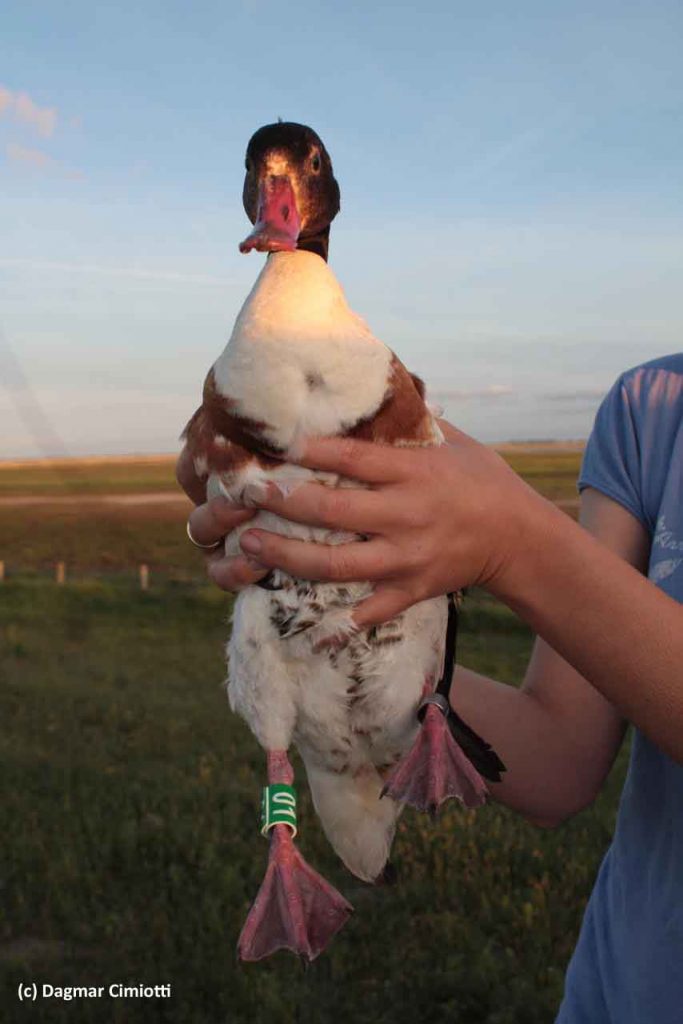
Why is colour ring resighting useful?
GPS tracking and stable isotope analysis can be used to investigate some of my PhD questions, but these methods are expensive, so I can only collect data from a few individuals (<50) from a small range of sites (<5). Metal ringing has been used to mark thousands of birds, but the chance of these being recaptured/identified away from the original ringing location is very slim. Colour ringing, however, offers a cost-effective way to individually mark thousands of birds from all parts of their range, with a much higher chance of them being sighted away from the capture location, as they don’t have to be physically recaptured in order to read the ring. These sightings help build up a population scale picture of movements, rather than the other study methods which only give a snapshot for a small sample of the population.
How to report a colour-ring:
If you see a colour-ringed bird of any species (except waders), you can find out how to report it by searching for the scheme on the European colour-ring birding website. All the shelduck schemes are on there, or you can email the sighting to me (r.m.w.green@liverpool.ac.uk), and I’ll put you in touch with the right people. You can also report some shelduck colour-rings through the Waterbird Colour-marking Group website.
Every shelduck sighting will feed into my PhD data analysis and help me understand how and where shelduck are moving around the country each year.



